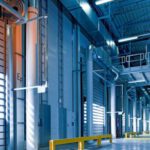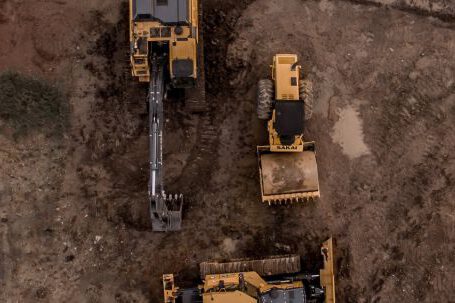The construction industry is on the brink of a revolution, with the introduction of Artificial Intelligence (AI) and its applications. AI provides the industry with powerful tools for improving the accuracy of construction equipment diagnostics and troubleshooting. This article explores the potential of AI in construction equipment diagnostics and troubleshooting, and how it can help construction professionals save time and money.
What is AI?
AI is a branch of computer science that aims to create intelligent machines that can make decisions, solve problems, and learn from their experiences. AI algorithms use data from sensors, cameras, and other sources to recognize patterns and make predictions. AI is used in many industries, such as healthcare, finance, and manufacturing, to improve efficiency and accuracy.
Benefits of AI in Construction Equipment Diagnostics and Troubleshooting
AI offers a number of benefits for construction professionals, particularly in the area of construction equipment diagnostics and troubleshooting. AI can help construction professionals identify and diagnose problems quickly and accurately. AI can also provide insights into maintenance and repair issues, helping to reduce downtime and costs.
AI-Powered Diagnostics and Troubleshooting
AI can be used to detect and diagnose problems with construction equipment. For example, AI-powered sensors can detect anomalies in the equipment’s performance, such as high or low temperatures, vibrations, or excessive noise. AI can also be used to analyze data from sensors to identify potential problems and provide timely alerts.
AI-Powered Maintenance and Repair
AI can be used to optimize maintenance and repair of construction equipment. AI-driven analytics can be used to monitor the performance of the equipment and provide insights into potential issues. AI can also be used to automate certain maintenance tasks, such as scheduling preventive maintenance and performing remote diagnostics.
AI-Powered Predictive Maintenance
AI can be used to predict potential problems with construction equipment. AI algorithms can analyze data from sensors, cameras, and other sources to identify patterns and predict potential problems. Predictive maintenance can help construction professionals anticipate and address issues before they become costly problems.
Conclusion
AI has the potential to revolutionize the construction industry, offering powerful tools for improving the accuracy of construction equipment diagnostics and troubleshooting. AI-powered diagnostics and troubleshooting can help construction professionals identify and diagnose problems quickly and accurately. AI-driven analytics can be used to optimize maintenance and repair of construction equipment, and AI can be used to predict potential problems before they become costly issues. AI is transforming the construction industry, and its potential applications are yet to be fully explored.






